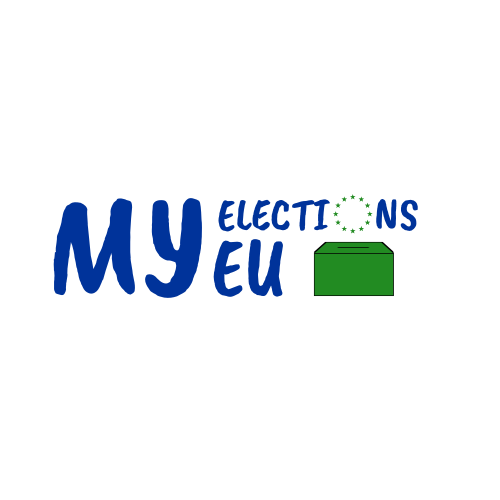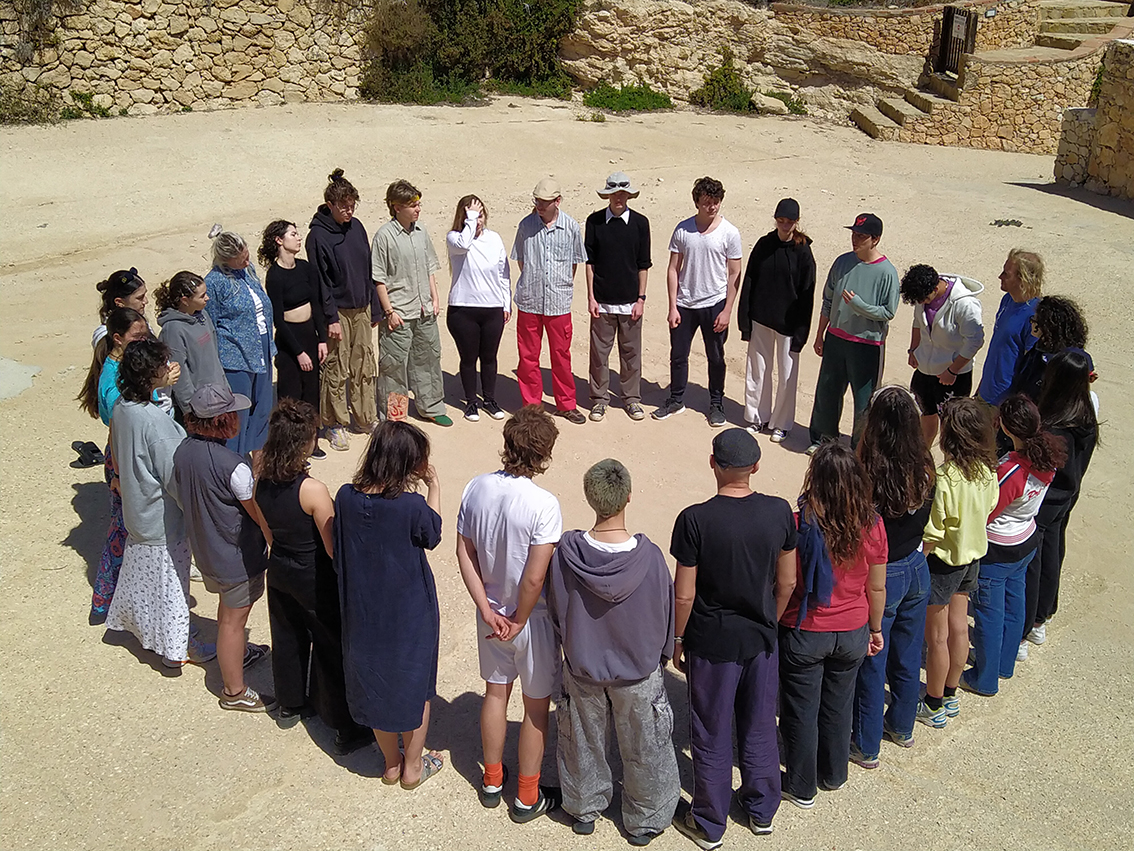Social Media Literacy
Download the methods
To download the methods, click here
Target group
No. of pax
Environment
Time needed
Materials
• Papers
• Pens
• Prints of social media news on the topic you want to address, with at least one example being fake or misleading
Objective/aim
The activity aims to develop critical thinking skills about the use of social media and the misleading or fake news that appear in the digital world, and to learn how to effectively engage with social and political issues on social platforms, especially in terms of content creation and dissemination.
Step by step instructions
Step 1
Divide the participants into pairs. Each participant comes up with three statements about themselves, with two being true and one being false. The other participant needs to guess which one is false. Then they swap roles. (5 minutes)
Step 2
Bring all participants back into a single group. Give them time to discuss the activity (10 minutes).
You can ask the following questions:
• Did you guess which statement was false?
• How did you guess? What was your clue?
Step 3
Divide the participants into smaller groups. Give each group a copy of the social media news on a specific topic, with at least one example of fake news (e.g. migration, climate crisis). After reading and observing the news and images, ask them to discuss the following questions (10 minutes):
• Did they find the news interesting? What appealed to them and what did not?
• Is the news they received genuine or fake?
• Why do they think so?
• What steps could they take to make sure?
Step 4
Bring the participants back into a larger group to share the discussions they had in smaller groups. Tell them which of the news stories was fake. Take time to discuss the following questions (15 minutes):
• Have you come across misleading or fake news online before? How often?
• How did you know it was misleading or fake news? How can you identify it?
• What is the main reason you decide to share some information on your social media?
• What sources do you usually use to get your information?
Step 5
Divide the participants into the same groups as before. Based on the news they received in step 3 (fake news is also included, as social media campaigns can also be fake and misleading), they should come up with a social media campaign in the form of a post, reel, video etc. (they can choose which social media platform). Before getting started, they should think about the target group they are addressing with the campaign, what message they want to convey, and how to make the campaign effective and appealing. Each group writes/draws the idea on a piece of paper. (25 minutes)
Step 6
Each group presents their idea to the rest of the group. Comment on the ideas and take time to discuss the following questions (15 minutes):
• Which campaign do you think would be most successful? Why?
• What do you think about the campaign based on fake news? How does it make you feel?
• Have you ever engaged in any social media campaign? How? What appealed to you?
Step 7
Take time to discuss and evaluate the activity (10 minutes)
Tips for the trainer
• It is important to have some prior information about the tools for identifying misleading or fake news.
• Make sure that everyone is involved and that only one participant speaks at a time.
• Listen to others and show respect for the views of all of the participants.
Alternative
In step 3, instead of reading the news, participants can also work in small groups to write a fake or real article, trying to be as convincing as possible. They then read it out to the rest of the group, who have to determine whether the article is true or fake
Comment
Source
The method was inspired by the approach developed within the project E-trick your mind, with partners from Slovenia (Zavod Voluntariat and Humanitas), Ireland (Comhlámh) and the Czech Republic (INEX – Sdružení dobrovolných aktivit), funded by the Erasmus+ programme of the EU.


